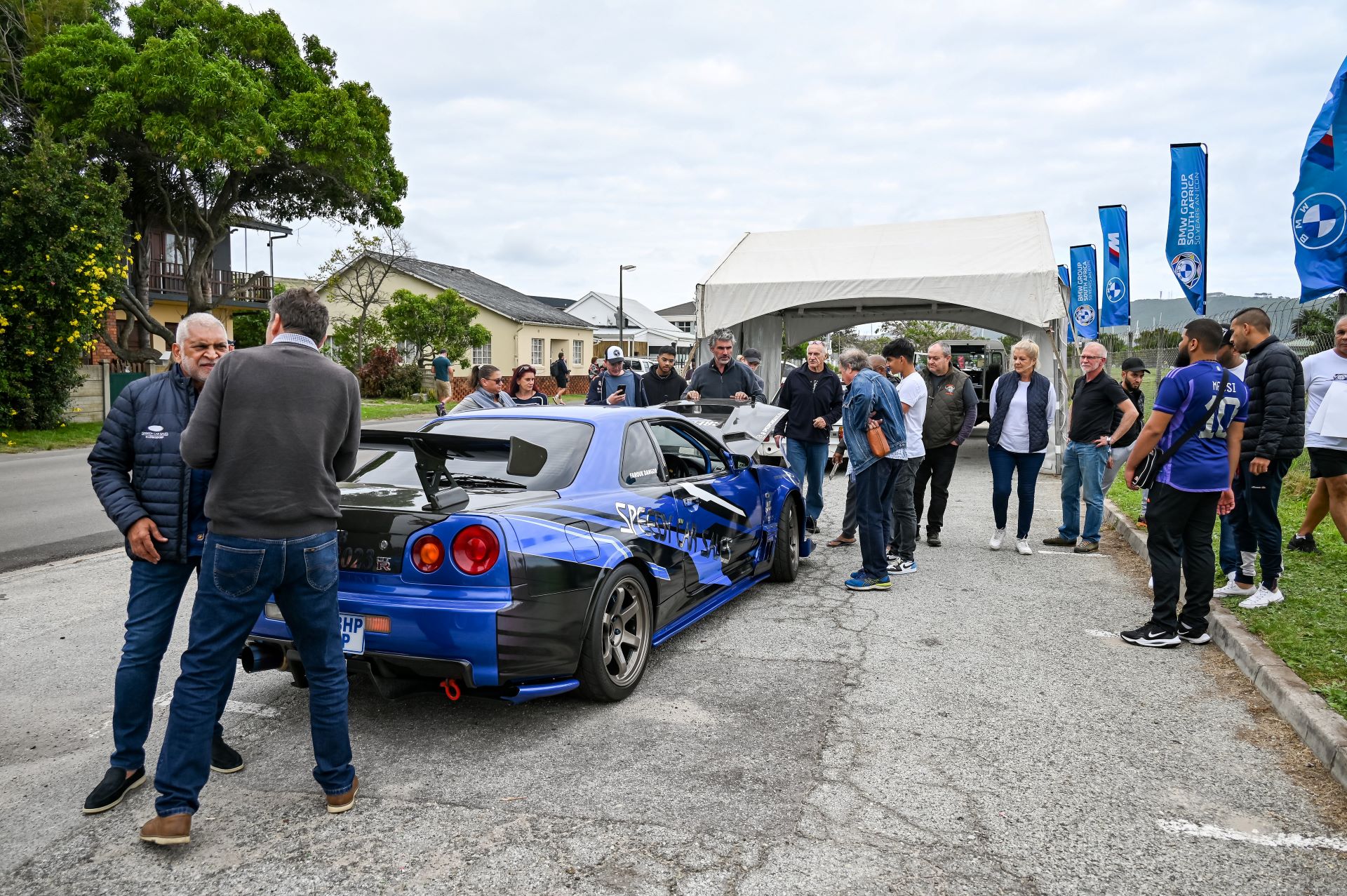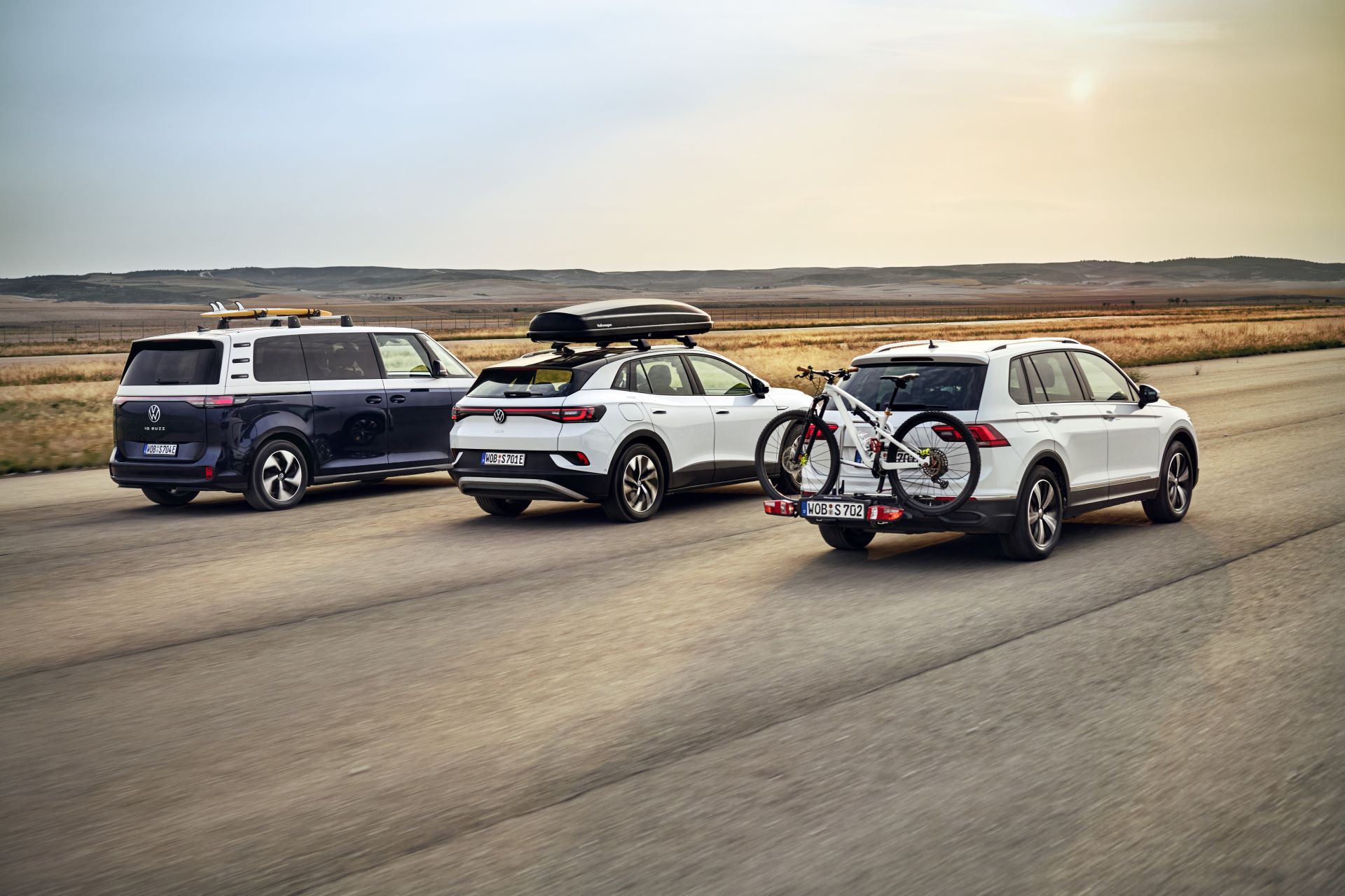40 years of the BMW Tower and Museum.
BMW Museum.
Background
The first museum-type display space for historic BMW products was developed at the BMW Munich plant in the mid-1920s, where from 1925 onwards the company exhibited its products in a purpose-built room on plant premises. Although the focus was on historic exhibits, occasional current products were also displayed. To mark the company’s 50th anniversary in 1966, this original exhibition room was given an extensive makeover. The now enlarged BMW plant museum was officially opened on 20 January 1967. For the first time the museum was advertised to the general public and its doors opened to any visitor with an interest in BMW history. Nevertheless, the availability of space and the number of historic exhibits remained modest and the museum’s location within the plant premises deterred many potential visitors.
It was not until the early 1970s, with the construction of the new BMW Group Headquarters, that the museum attracted wider public attention for its independent, representative architecture outside the plant premises. Although the jury for the architectural competition of 1968 had not specified the design of an automotive museum, Viennese architect Professor Karl Schwanzer included in his proposal an external and independent building for the display of vehicles, which also featured a circular floor plan. In the view of the jury, the proposal to build a BMW Museum at the intersection of Petuelring and Lerchenauer Strasse in Schwanzer’s idiosyncratic design was a felicitous idea, since the form – also based on circular segments – fitted well into the overall ensemble of buildings. The “Museum Bowl” was in perfect harmony with other cylindrical or circular structures in the immediate vicinity – including the television tower, several gasometers and a traffic island. So at a meeting of the Supervisory Board in Bad Homburg on 2 December 1968, Schwanzer was commissioned not only to build the BMW Tower, but also to integrate retrospectively into the building contract his concept for an independent museum.
The BMW Museum and the Summer Olympics
Work began on the BMW Museum in spring 1971, nine months after the start of construction of the BMW Tower. Located in the immediate vicinity of the Olympic Stadium with its light and airy roof structure, the BMW Museum was designed as a crowd-pulling flagship for the BMW brand during the Summer Olympic Games. The summer of 1972 was an opportunity for the young Federal Republic of Germany to endear itself to the world – and the BMW Museum was one element in this new, forward-looking, international orientation. Although its silvery, shimmering form assumed a compact and closed exterior, its interior was designed to welcome in the general public. The shell of the BMW Museum was completed at the same time as Munich’s Olympic Stadium, right on schedule for the start of the 1972 Summer Olympic Games.
BMW Museum: architecture and design
Alongside the Tower, the bowl-shaped museum was a second architectural highlight in the complex of buildings designed for BMW by Professor Karl Schwanzer. The architect developed an interior framework of circular columns, space-filling ramps and platforms apparently suspended in mid-air. The outer shell of relatively thin concrete was designed in line with the automotive principle of the self-supporting body. Its roof measured 40 metres in diameter. The interior structure, on the other hand, rested on six solid columns rising to varying heights within the space created by the bowl.
Schwanzer’s museum building enabled him to integrate the car’s “natural habitat” – roads, bridges and car parks – within a relatively restricted space. His basic concept was to bring the road environment into the converted exhibition space; on no account was he going to give BMW a conventional, static museum in the form of a repository for exhibits. The goal was to achieve spatial breadth combined with dynamics and movement as a design counterpart to the actual site of the building at a major traffic intersection.
At the same time, in combination with the education centre situated in the adjacent low building, the museum was to become a main focus of BMW’s public relations programme. The building’s bowl shape – seemingly impenetrable from the outside – was enough to provoke interest, and only its glazed pedestal at the entrance area permitted the occasional glimpse inside. The museum was to form the spiritual lynchpin between plant, product and public, and through specially organised events become a permanent institution in the cultural life of the city of Munich.
Once inside the museum, the visitor followed a route from top to bottom. Before reaching the uppermost platform via an unusually long, yellow escalator, the visitor was afforded surprising glimpses of elements of the exhibition. Images projected onto the inside wall of the bowl served to create an initial illusion of movement. Thereafter, a spiralling ramp guided the visitor downwards from platform to platform, past cars, motorcycles, racing vehicles and engines, all representative of the diverse range of products that make up the BMW heritage. More detailed technical exhibits were presented in apparently floating, spherical Plexiglas containers – highly innovative at the time – which enabled visitors to look at all aspects of an engine, for example, by walking around it. Accompanying texts explained the historical relevance and technical details. Cars and motorcycles were not only displayed on all five circular platforms, they were also fixed to the wall of the bowl at ever-steeper angles to represent cornering. Narrow window slits in the lower part of the outer wall provided a link to the world outside.
The museum’s colour scheme of silver, white and dark blue served not only to convey elegance and quality, it also subtly represented the world-famous colours of the BMW logo, which additionally appeared as monumental 40-metre-diameter graphic element on the museum’s roof – visible only from above.
BMW Museum: exhibition concept
At the time of its official opening in 1973, the BMW Museum was a unique design. It combined outstanding architecture with an entirely new concept of knowledge transfer, making the BMW Museum a model for countless other museums all over the world. Since its opening, the BMW Museum has regarded itself as a place which not only reflects the history of the BMW brand but also places the past in the context of the present and future. When it opened its doors in 1973, the BMW Museum’s objective was not to impress visitors with an endless collection of historic exhibits, but rather to enthral them through lively confrontation with themes linked to mobility, communication and structural changes in society.
Redesign and expansion of the BMW Museum
Along with the renovations to the adjoining administration building on Petuelring, the technical systems and concept of the BMW Museum underwent a complete overhaul at the start of the new millennium. The relocation to other areas of the Tower canteen and event rooms of the western low building created an opportunity for generous expansion of the now severely cramped facilities of the BMW Museum. From 2002, the Stuttgart firm of architects and exhibition designers Atelier Brückner and the Berlin-based media agency ART & COM worked with the relevant specialist departments at BMW to create a new exhibition concept which reflected and developed further the original principles of the museum.
The floor area of the BMW Museum was increased fivefold to 5,000 m2 by the addition of the adjacent low-rise building. This structure, two thirds of which is underground, was completely gutted and its interior converted into seven partially transparent “houses” on three floors, linked by a series of bridges, roads and squares. Each of these houses is dedicated to a key aspect of BMW corporate and product history, with a large central plaza available as a flexible events venue. The additional low-rise building now accommodates the permanent exhibition of the BMW Museum in its various houses and rooms covering 4,000 m², while the Museum Bowl displays temporary exhibitions on specific themes.
The fascination of the BMW brand remains at the heart of the museum concept since its reopening on 21 June 2008. At the same time, the new museum positions itself as the authentic reflection of the brand, conveying to visitors through a variety of approaches its spirit of innovation, power and dynamism. Particular attention has been paid to new presentation techniques, which turn the spotlight on the 130 original exhibits while at the same time highlighting the building’s new architecture. A central museum route in the form of a road establishes an urban setting, guides visitors on a thematic journey through time and space, and offers a wide range of displays, themed presentations and individual facets of the BMW brand.
With over 500,000 visitors per year, the new BMW Museum is the second most visited museum in the cultural city of Munich – and as such one of the most popular museums in Germany.









